The raucous sound of cuatro and maracas spills from a variety store in Arima. A woman in a long wrap skirt stands nearby, hips swaying in time.
Behind her, whistling along, a street vendor measures out bags of the bright red sorrel that will flavour his customers’ Christmas drinks. A red-striped maxi-taxi stops at the curb, and as the doors open, passengers nod their heads, tap their feet. The driver’s arm, hanging out the window, slaps out the beat against the warm metallic frame. Rhythm is in our blood and bones.

(Courtesy Maria Nunes)
This present cacophony is a mix of woody percussion and strings. The song is ‘Cantando Gloria’, one of many that reference the birth of Jesus Christ. Few Trinbagonians would understand the Spanish words, as our official language is English. Yet this traditional folk music, parang, has come to represent our Christmas.
Parang has a history that dates from the late 18th century when cocoa farmers from nearby Venezuela were brought over to develop plantations in Trinidad and Tobago. These Spanish-speaking farmers settled in communities like Lopinot, Arima, Santa Cruz, and Moruga. They were called cocoa españoles, which eventually became cocoa panyols.
They brought over one of Venezuela’s cultural traditions, the parranda navideña. During the Christmas season—October into January—groups of singers, known as parranderos, visited the homes of friends and family to share aguinaldos or ‘gifts’ of Christmas songs.
Then and now, parranderos performed a range of music accompanied by Venezuelan instruments like the cuatro, maracas, and guiro. They would sing a serenal to announce their arrival, followed by aguinaldos like ‘Ave O Maria’ and ‘Cantando Glória’, before saying their goodbyes with despedidas.

(Courtesy Maria Nunes)
In 1797, the Spanish governor surrendered Trinidad to British invaders, and over the next few generations, the Spanish language faded from use. However, these songs helped the descendants of the cocoa panyols retain their cultural traditions.
During their house-to-house serenades, parranderos began including secular songs like ‘Rio Manzanares’ (a song about the Manzanares river in Spain) and ‘Angelo’ (about young lovers). Eventually, the music of the parranda navideña became the musical genre known as parang.
In a fascinating diary entry, parrandero Lordrick Espinosa describes how he first experienced parang.
“About 9pm, Maria told me we are going to make house parang. We traveled through a cocoa field, a short distance from a house, there was a call for silence, the flashlight was switched off and the flambeau was blown out… We walked silently to the door and started the parang. The house was filled with lights, the door opened and we went inside…”
Espinosa claims that a 1964 newspaper article describing parang as an ‘old custom’ fading away prompted him and another parrandero, Paul Castillo, to approach Leo De Leon, the programme manager of AM radio station 610. They agreed it was important to start a campaign promoting the music.

(Courtesy Nalis)
Now, more than 50 years later, parang remains the preferred musical choice for Trinidadians as they celebrate Christmas. It may prove that, in our tropical climate, Christmas songs about sledding, reindeer, and snow are even more incomprehensible than songs in a language barely understood. September has been named National Parang History Month by the National Parang Association (NPATT), headquartered in Arima.
Within the past five years, our islands have become refuge to approximately 50,000 Venezuelans who crossed the water to flee civil unrest. While they are not welcomed by everyone, it is clear that Venezuelan traditions have long been part of Trinidad’s cultural tapestry.
The genre has also given birth to new rhythms. Parang soca or soca parang permeates the airwaves, using the rhythmic style of Trinidad’s traditional music, calypso, together with parang instruments and English lyrics to appeal to a wider audience.
Chutney parang, sung in Bhojpuri and English, pays tribute to those of Indian heritage who account for nearly half of the islands’ population. Escaping the confines of the Christmas season, parang is now heard at Easter celebrations, weddings, and other heritage festivals.

(Courtesy Kishan Sony)
Today, parang bands abound, and most parranderos consider their involvement in parang a family tradition. Four members of the parang band Los Ruisenores credit parang with playing a prominent role in their formative years.
Roxanne and Peter Figueroa, husband and wife, recall being young children entranced by house-to-house parang. Their fathers and uncles, all parranderos, taught them how to strum the instruments and tease out notes that danced in the air. Jolene Salandy Ashby tells a similar story of familial traditions. Her grandfather was a member of La Divina Pastora, a renowned parang band led by Daisy Voisin, dubbed the ‘Parang Queen’.
One of the newer members, Elthon Julien, simply followed his heart, joining his school’s parang group before finding himself in one of the best parang bands in southern Trinidad. These parranderos consider parang as not just a musical genre but a ‘part of our cultural heritage… part of our identity’.
Ethnomusicologist Francisca Allard’s early Christmas memories are entwined with parang. Her uncle, Sylvestre Mata, migrated to Trinidad from Venezuela in 1916.

Mata migrated to Trinidad when he was a teenager, joining his brothers who were working on cocoa estates here.
(Courtesy the Allard family archives)
Mata led the Ready Mix Parang Group to victory in the first-ever National Parang Competition as their lead singer. In 1972, he was recognised as a cultural icon and awarded a Public Service Silver Medal of Merit for his musical contributions.
Allard, a retired Spanish language teacher and member of the parang band Los Dinamicos, learned how to sing and play parang in response to the excitement Mata’s musical visits invoked. She believes that there is a ‘sensory appreciation without full understanding’ of the lyrics in parang and that parang appeals to everyone, despite its foreign origins, because its essence is ‘goodwill, sharing, and community’.
Composer, music teacher, and parang aficionado George Carter uses parang to teach Spanish to younger generations. During a visit to his relatives in the Spanish-speaking town of Lopinot as a young boy, Carter witnessed house-to-house parang.
By age 17, he had learned to play the cuatro and the guitar. When he became an agriculture teacher in his early twenties, Carter started tutoring musicians as well. From 1975, he began working in junior parang competitions and the national cultural festival, Best Village, helping competitors refine their pronunciation and understand the Spanish lyrics.

His children Jenais, Mikhel, and Kristofer Carter play alongside him and about ten other members. (Courtesy Jerome McClean)
Now, his children are also parranderos. It is a fitting representation of his belief that ‘culture is not preserved in a museum—it is preserved through people’.
Twenty-two years ago, Irvys Juarez moved to Trinidad from Venezuela and promptly joined a parang band. Juarez was lead singer for Fuego Caribeño for 12 years, composing and co-producing their debut album, Mi Anuncio.
In 2017, he launched his solo career as a musician under the name Voz Music and became the public relations officer for the National Parang Association in 2020. Having worked his way up from background vocalist to solo artist, he describes parang as a type of music that illustrates love, family, community, and culture.
“What else can we ask for?” he says. “That’s all we need.”

He won first place on the cuatro and third place on the mandolin.
(Courtesy Jordon Briggs)
In Trinidad and Tobago, we are no strangers to diversity and integration with nationalities from as far as Africa and as near as Venezuela. A mix of different cultures have been instrumental in the formation of our food, language, music, and celebratory traditions.
Our national anthem welcomes diversity with the words ‘here every creed and race find an equal place’. In differences, we have found common ground. While many do not understand the Spanish lyrics in parang, we have grown to understand the emotions behind them.
For Trinidadians, language is not a barrier; it is merely a gateway to another world, one that eventually feels like home.
Editor’s Note: This article originally appeared in Smithsonian Folklife Magazine.
Avah Atherton is an aspiring cultural archivist with a focus on oral histories, folklore, and festival traditions. Her work has been published locally in the Trinidad Express, UWI Today, and Wired868, as well as internationally in the Shizuoka Chronicle, AJET blog, Connect magazine, and Smithsonian Center for Folklife and Cultural Heritage.
She has an AAS in Journalism and Public Relations from COSTAATT as well as a BA in Linguistics and a PgDp in Arts & Cultural Enterprise Management from the University of the West Indies, St Augustine campus.
 Wired868 Wired868 for smart sport news and opinion
Wired868 Wired868 for smart sport news and opinion

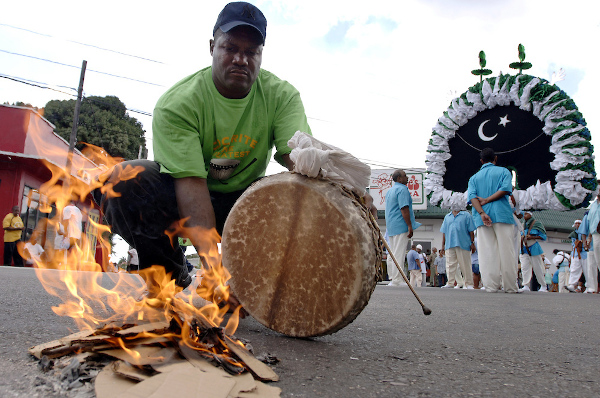
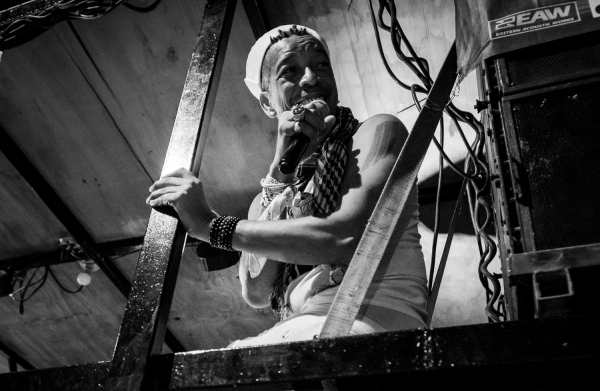
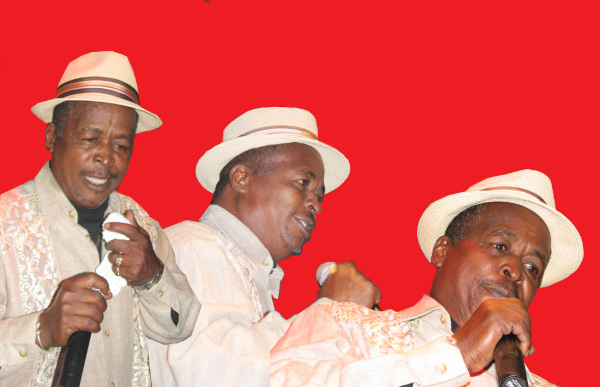

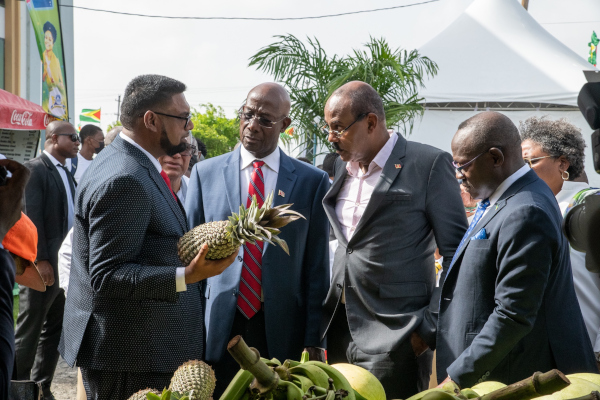
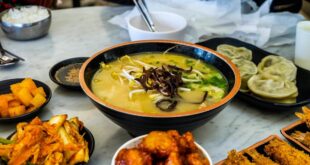
A most enlightening read! Thank you.